I love curbside pickups. It’s too bad it took a pandemic for retailers to adopt in such great numbers. At Digital Commerce 360, we like to kick the tires and test what retailers are doing. I’ve learned in my 25-year career that there is no substitute for testing out the capabilities of a retailer and their subsequent execution.
Curbside was in place at mass merchants like Walmart and Target before the pandemic, and my experiences had mostly been positive. When COVID-19 struck in earnest, retailers like Best Buy, The Home Depot, PetSmart and Joann, along with apparel retailers like lululemon and Urban Outfitters, knew that to capture business in an ever-changing retail environment, this must be part of their arsenal. Many stores were closed and the rules of engagement were uncertain just as they remain so today.
Retailers are promoting the power of curbside with homepage messaging, integration at the product page and search results delivering the comfort shoppers appreciate in these challenging times. Some even take it a step further and include well-branded instructions. Target’s promotion is one of the best. The retailer reinforces that there is no cost to the customer. Its contactless nature has broad appeal as does the drive-up spaces that are reserved for customers upon arrival.
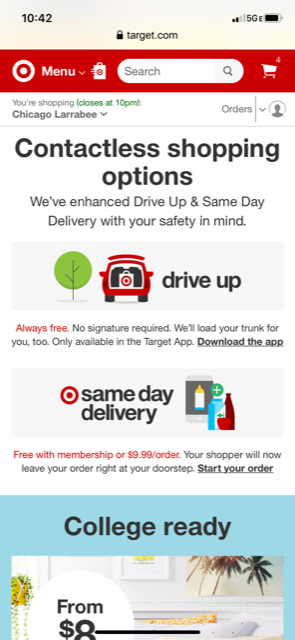
Joann also reinforces its “new” curbside pickup when in fact it was quick to adopt this service early in the pandemic. This visibility seen across the retailer landscape highlights curbside’s heightened role in today’s omnichannel world.
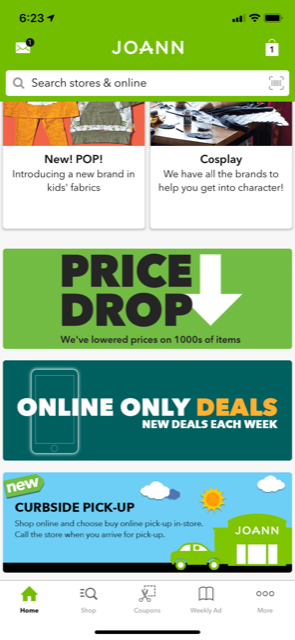
5 reasons curbside has captured my attention
Like all of the reasons that compel shoppers to go online, curbside saves time and money while also making shopping as convenient as possible. An exploration of the five reasons and supporting examples sheds light on this emerging capability.
#1. I know if the inventory is in stock
If stores don’t have the inventory, smart shoppers know it’s not worth making the trip. Inventory is tighter than I can remember, and many retailers where I’ve been shopping lack the availability for BOPIS or curbside pickup. For curbside to be successful, stock must be deep, it should be transparent and one needs a user interface that gives you the ability to adeptly navigate by size, color and store location. Moving between screens is kept to a minimum and the propensity to purchase is heightened. In this example from lululemon, I can move quickly to see availability by color and size. When I select a location, the inventory level is shared, giving me the confidence to commit to the purchase.
#2. It’s convenient as I can choose my pickup location based on personal circumstances
Every day is a new day, and consumers make choices about the locations that best suit their needs. For urban dwellers, there can be five to 10 stores that might fit their needs. I often take advantage of the many Target locations that are within a 5-mile radius of my home. Some may have all the items I need in stock, while others are more limited, which usually serves as the starting point. Yes, while I have my favorite store that I frequent most, I might choose an alternative when it’s raining or drive an extra mile for curbside pickup knowing the number of parking spaces and the fact that they are mostly available.
#3. Curbside saves me time
Consumers are increasingly facing lines to enter stores when they shop, especially on the weekends. This means that running into a store is not what it used to be. When shopping ahead for curbside pickup, one can save a lot of time. The trip to the store is more productive. Over the last week, I conducted six curbside pickups. On average, I was able to have my orders brought out in less than 5 minutes. Michael’s Stores is a perfect example. Despite having to pull up along a busy Chicago city street, just past a bus stop, I was able to park and wait. Upon arrival, I clicked “I’m Here.” The number for customer service was answered fast. The store associate asked my name and said someone would be right out. In total, from arrival to beginning the trip home with the goods, it took about 3 minutes.
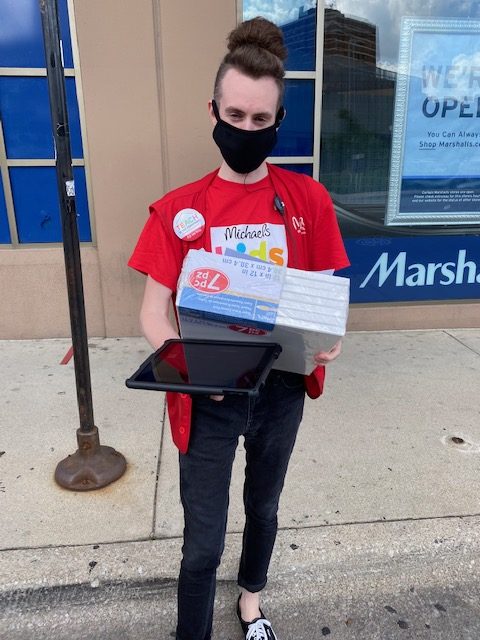
#4. It saves me money as I only buy what I need
One of the fringe benefits of curbside shopping is that you focus on what you need. The impulse buy is more limited online as one tires of searching, particularly on a mobile device. Somehow, I can better restrain myself from picking up a piece of inexpensive clothing or a few grocery items, newly added to my list. The downside of course is, I no longer am able to happen upon products I need, limiting my ability to make a dent in my shopping lists.
#5. It’s contactless and feels safer during these challenging times
One can’t help but believe that a contactless experience is a better experience. This is probably the most important as we all attempt to stay safe in our CVOID-19 world. Though retailers have gone to great efforts to make shoppers feel comfortable in these times, such as by sanitizing carts, providing hand sanitizer at the counter and putting up plastic barriers at cash wraps, ultimately one knows that they are never completely protected.
The evolution of curbside and the commitment retailers have made can clearly be seen as one pulls up to the side door of a suburban Chicago Nordstrom store. I arrived 17 minutes before closing time. The signage suggested to me that the situation was fluid. New numbers to reach the store and directions now covered the original board. A quick call to the customer service was placed and within 2 minutes, my contactless delivery also placed. I rolled down the window, and I was on my way. Not only was it convenient, but the branding was on point as well.
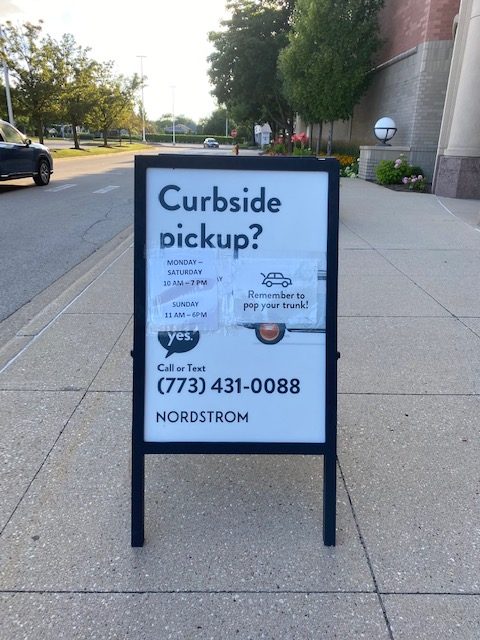
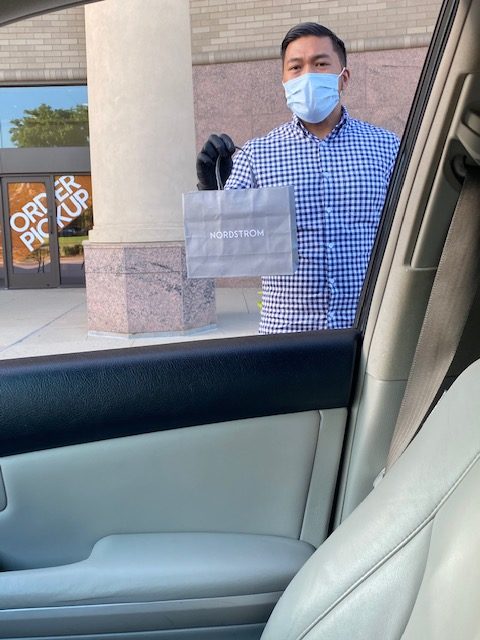
An investment in curbside is both smart and necessary in today’s world. Inventory is the foundation of the experience and a well-thought-out user experience saves shoppers time. Promoting these capabilities reminds shoppers that you have stepped up your game. Then it comes down to execution, the product being available, short pickup windows upon arrival and a well-thought-out contactless experience. I would venture to guess 2020 will be a curbside Christmas.
Favorite